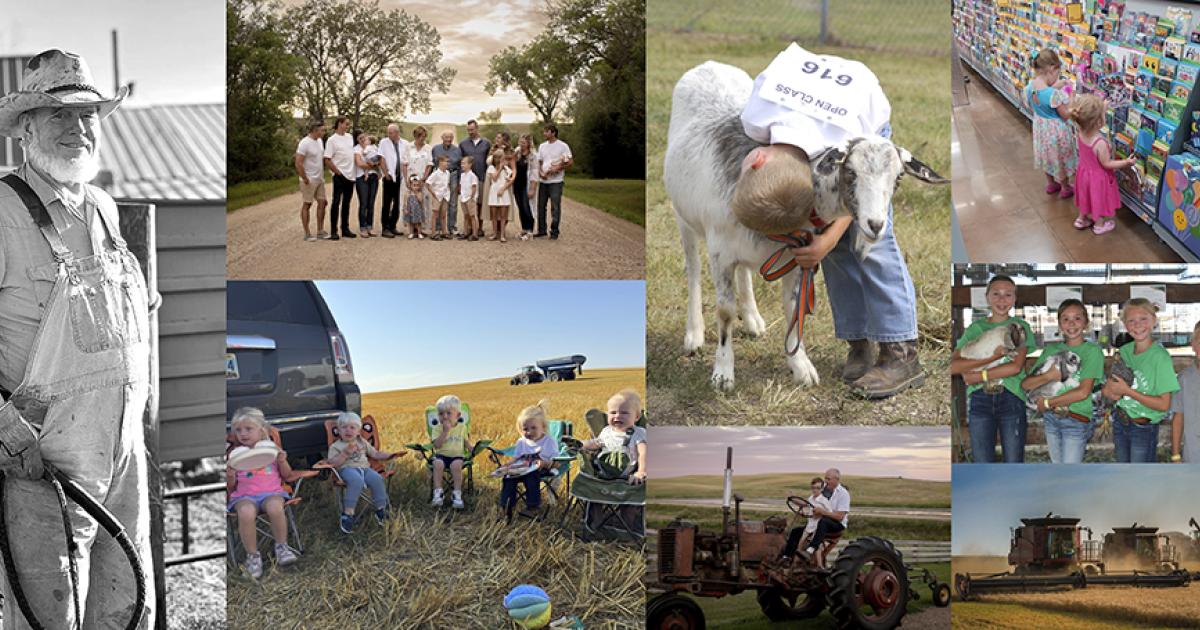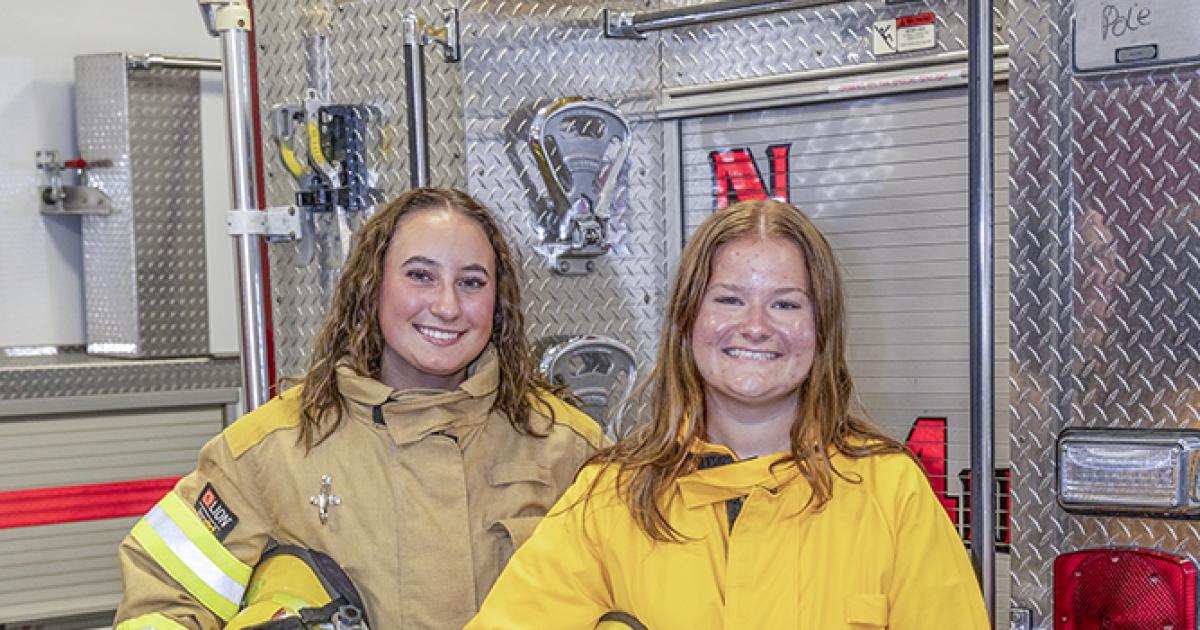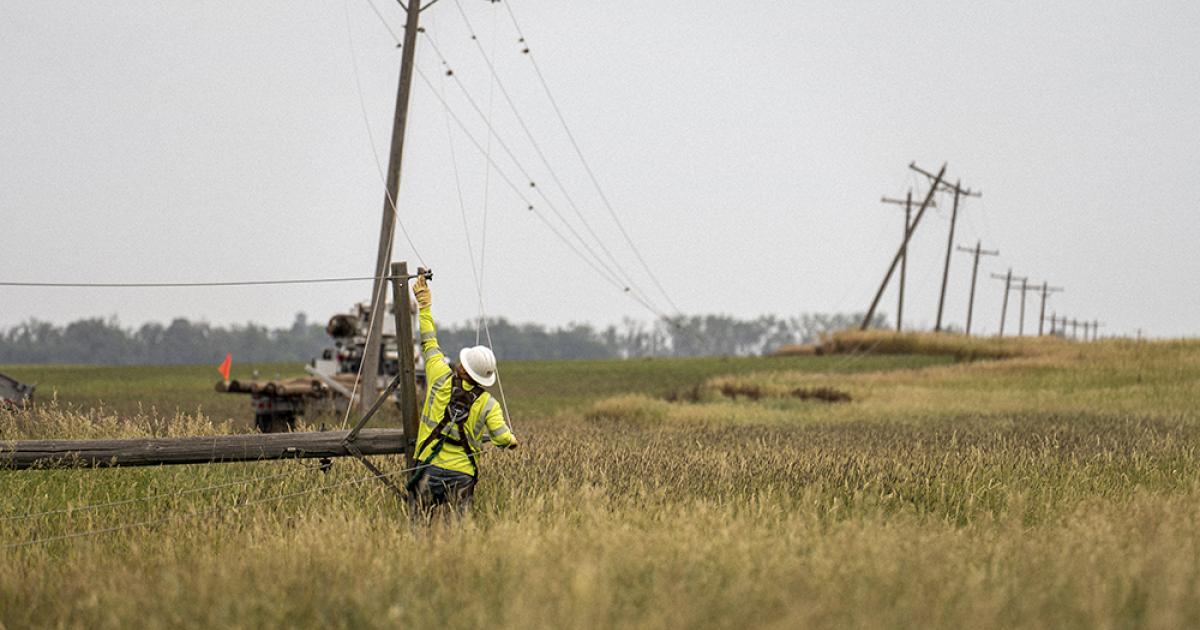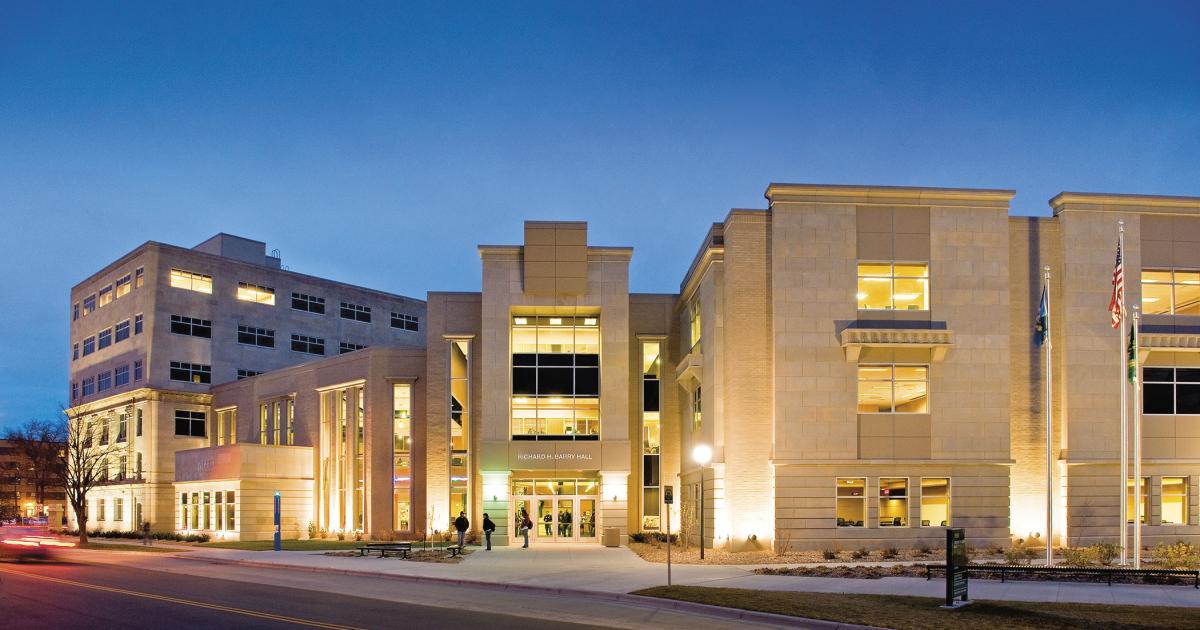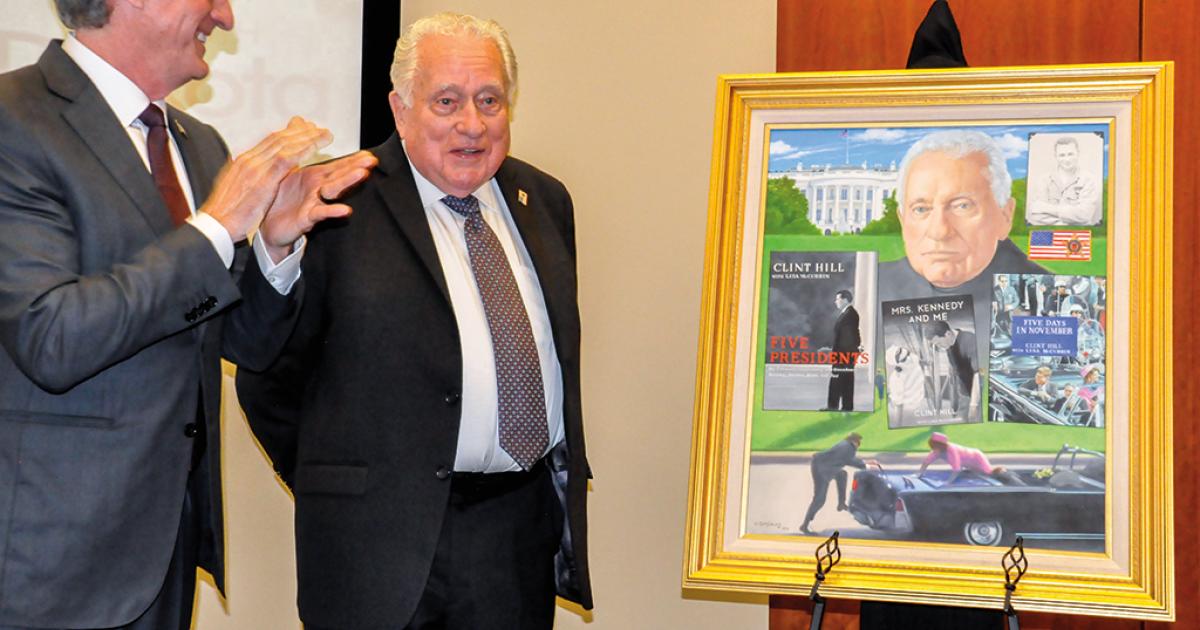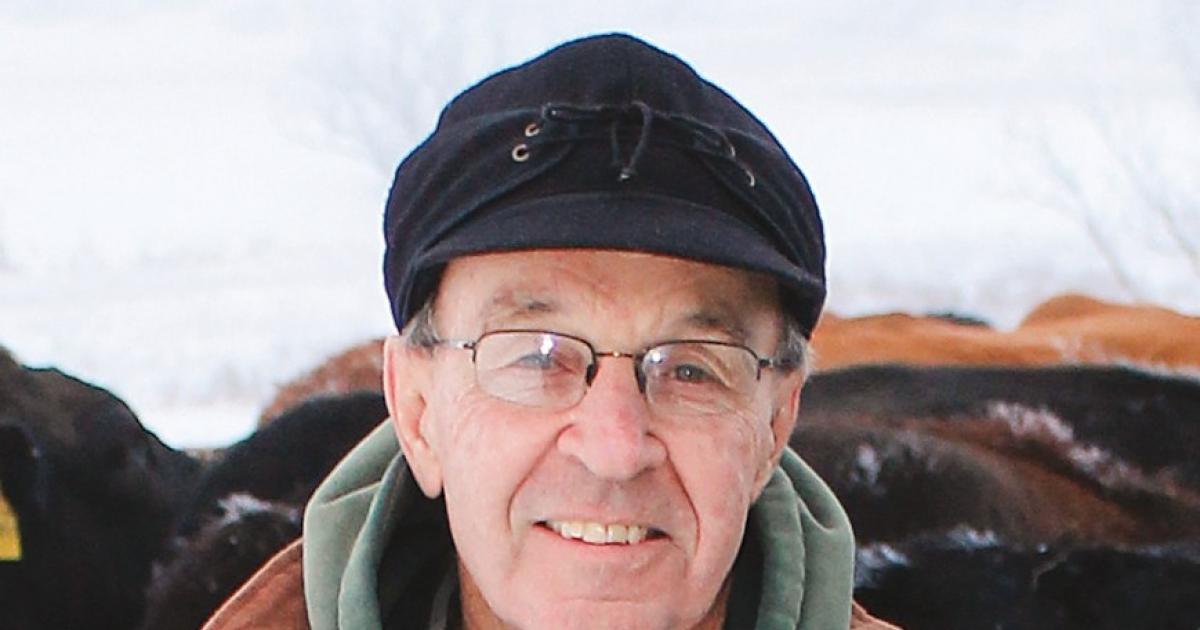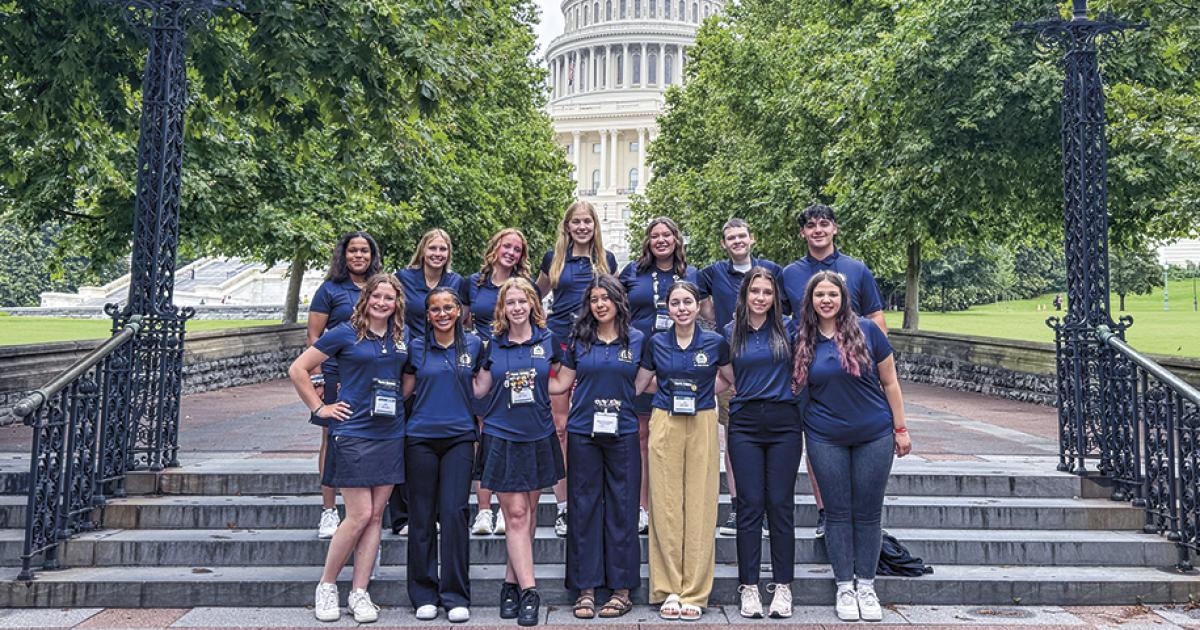As Christmas lights twinkle across the North Dakota landscape, the state’s electric cooperatives are radiating holiday cheer in their local communities.
Electric cooperatives adhere to seven cooperative principles, including concern for community, year-round. But as the holidays approach, cooperatives collaborate with their members to bring a brighter Christmas to those who may otherwise do without.
Wrapped in warmth
Cooperatives
This year, the United States has used tariffs in unprecedented ways.
In an effort to incentivize producers and consumers to manufacture and buy products in the United States – among other goals related to political negotiations and curbing the drug trade – the United States has implemented sweeping tariffs around the globe. Some target entire countries instead of specific commodities, from as low as 10% to as high as 50%.
What’s the point of tariffs? How are North Dakotans affected?
There’s a catchy tune any kid who went to Farmers Union Camp will remember.
I’ve got the Farmers Union spirit up in my head / WHERE? / Up in my head! …
I’ve got the Farmers Union spirit up in my head / WHERE? / Up in my head to stay!
It didn’t take me 10 years of camp, earning my Torchbearer Award or being a Farmers Union Camp counselor, however, to understand how interchangeable “Farmers Union” is with “cooperative” in that song.
I owe my early understanding of co-ops to Farmers Union.
It’s the International Year of Cooperatives!
This is only the second time the international declaration has been made by the United Nations (UN) General Assembly. The first was in 2012.
The yearlong celebration seeks to promote cooperatives and raise awareness of their contributions to overall social and economic development.
What was once a vacant corner lot is now home to an impressive 6,000-square-foot building – a monument to what can be accomplished when people work together to solve the challenges facing people living in rural areas.
Like so many small towns across North Dakota, many of Edgeley’s main street businesses had closed, leaving a row of vacant lots and empty, often deteriorating, buildings.
The community had hosted the local medical clinic for many years through a joint agreement between the city of Edgeley and Sanford Health.
A historic June 20 storm brought thunderstorms, extreme winds, large hail, tornados and even a derecho – a term reserved for the most intense, widespread and long-lasting severe thunderstorms. Wind gusts were recorded up to 101 mph 5 miles northwest of Linton, 99 mph in northern Kidder County and 94 mph near Elgin. Tornados touched down across the region, including a fatal one that killed three people in rural Enderlin. Another storm-related death occured in Stutsman County.
It was the most deadly tornado North Dakota has seen in nearly five decades.


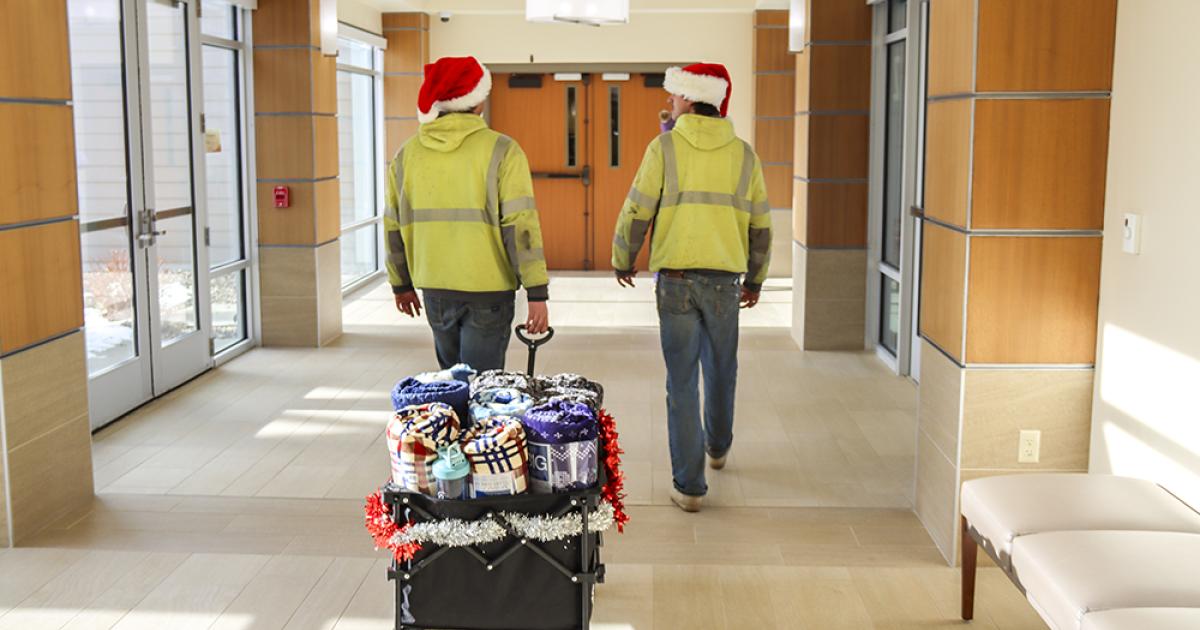
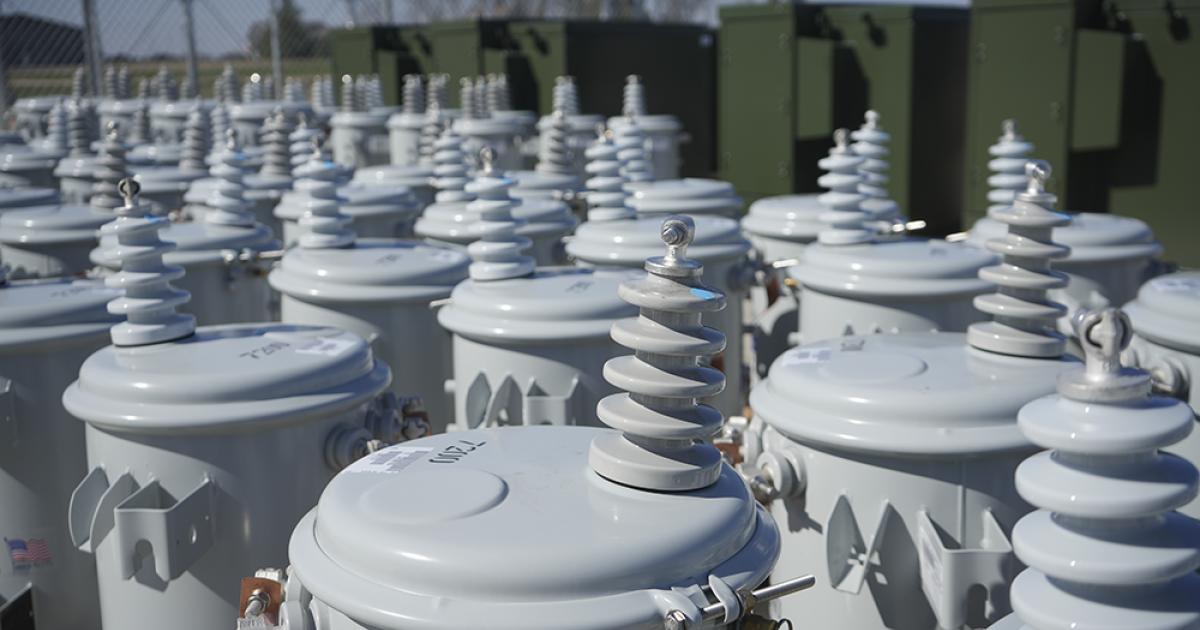
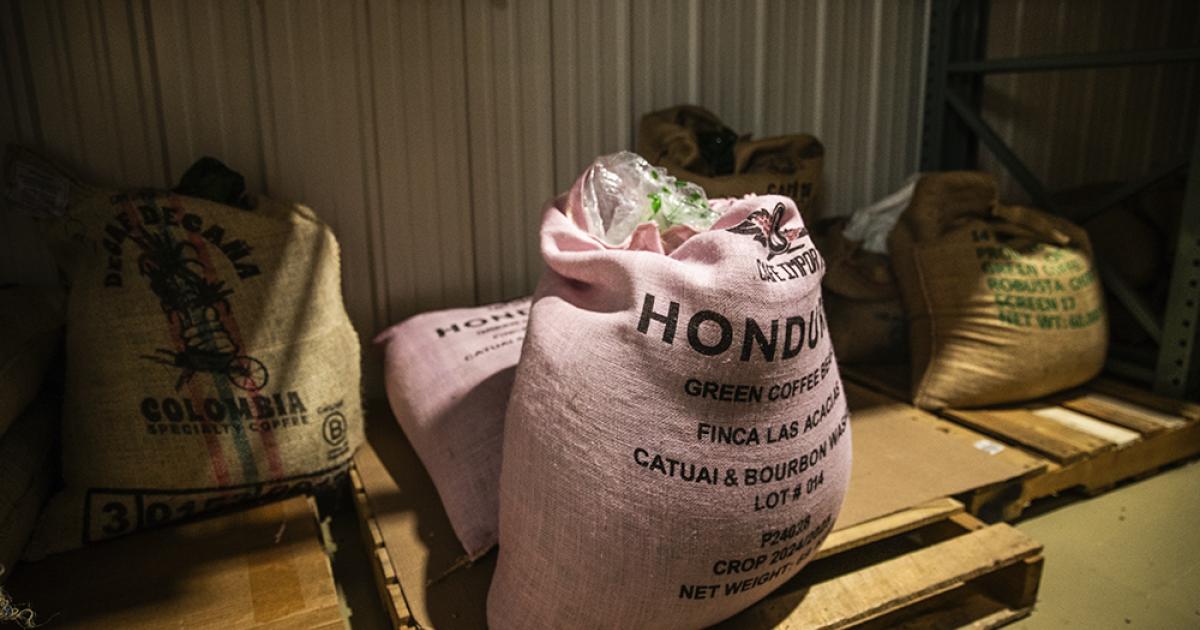
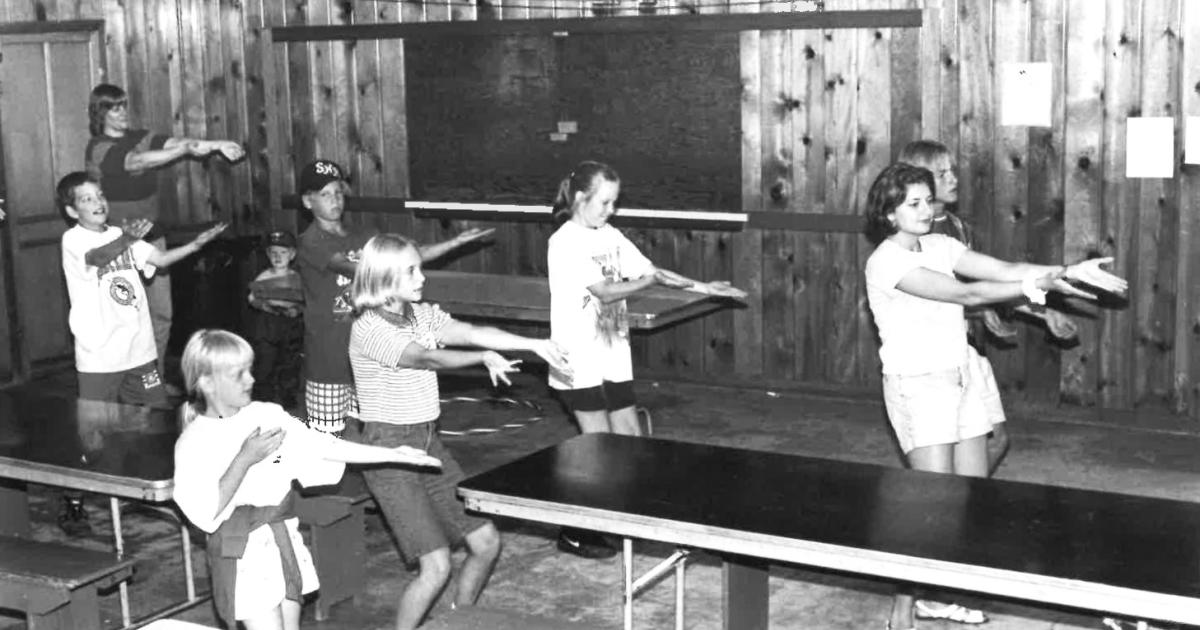
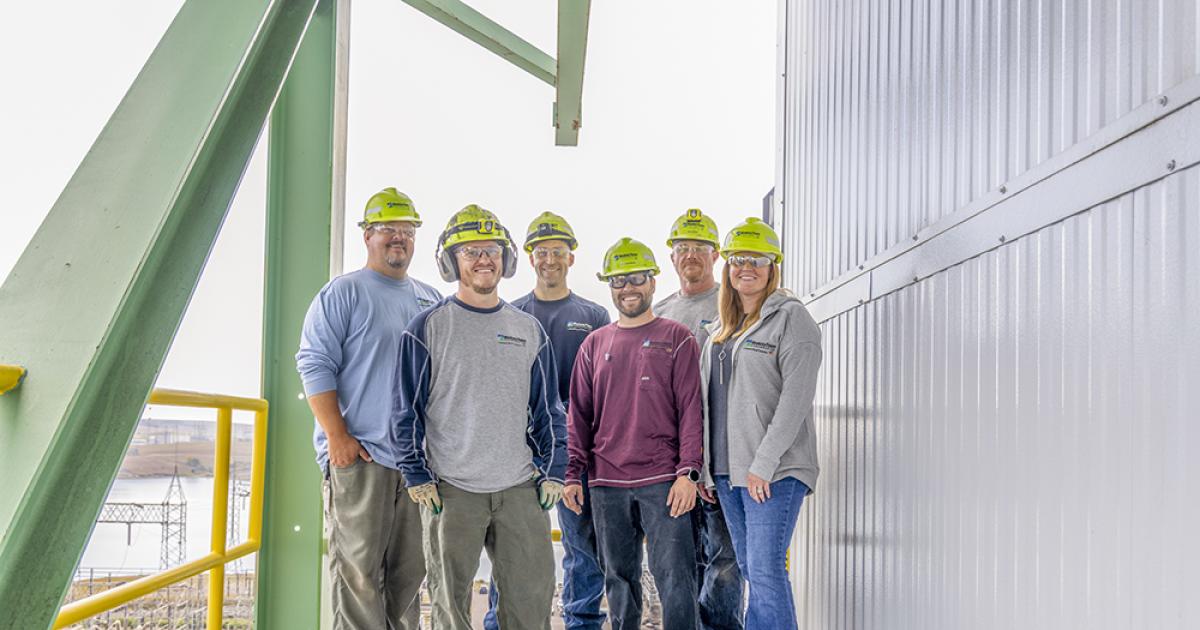
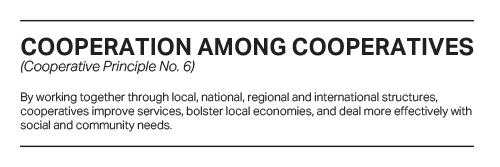 A bear hunt. Jiu-jitsu. Hitting the gym. Simply opting for a few extra steps at work instead of sitting or standing. These are all ways electric cooperative employees have incorporated movement into their lives.
A bear hunt. Jiu-jitsu. Hitting the gym. Simply opting for a few extra steps at work instead of sitting or standing. These are all ways electric cooperative employees have incorporated movement into their lives.